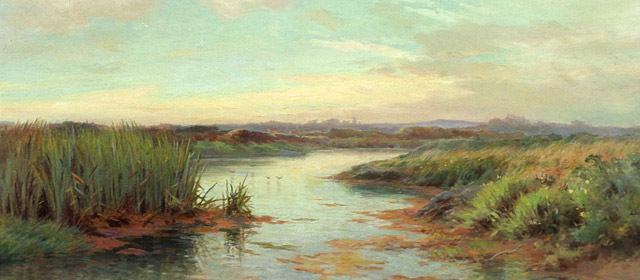He korero whakarapopoto
What are wetlands?
Wetlands are areas where water gathers – as a swamp, or just boggy ground. Some wetlands merge into lakes, or into drier ground nearby.
Varied wetlands
New Zealand has a lot of rain, which produces wet soil. There are also many different landscapes, so there is a wide range of wetlands. In some you can see water, but in others it is below the surface. Some swamps may form in winter and spring, but dry out altogether during the summer.
Two common types are swamps and bogs.
Swamps
Swamps occur in basins, valleys and plains. Often there is water above ground (it wells up from below), and the soil is quite fertile. Common plants are sedge, rush, reed and flax. New Zealand’s biggest swamp is Whangamarino, by the Waikato River.
Bogs
Bogs lie on flat or gently sloping land, and get their water from rain. The soil is peat, which has few nutrients and poor drainage. But trees, ferns and other plants can grow there. New Zealand’s largest wetland is a bog known as Kopuatai Peat Dome, on the Hauraki Plains.
Plants
From forests to tiny mosses, several plant groups can cope with wet sites. Examples include kahikatea (New Zealand’s tallest tree), mānuka, flax, raupō (bulrush), and cushion plants, which grow in small mounds.
Wildlife
One quarter of the native land birds use wetlands for food and breeding. You can often see pūkeko, ducks and white-faced herons. Shyer birds – rails, bitterns and fernbirds – stay hidden.
Other wildlife includes eels, mudfish, frogs, dragonflies, moths and snails.
Importance of wetlands
Wetlands are important because:
- they have many native plants and animals, some endangered
- they keep water flowing, and reduce the impact of floods
- their plants improve water quality.
Since humans arrived (1250–1300 AD), about 87% of the wetlands have been lost through farming, drainage and other activity.
People and wetlands
Māori found fish, birds and edible roots in wetlands. They made cakes from the pollen of raupō. They used flax for weaving, and dried moss for bedding.
Today, thousands visit wetlands around the country to walk, fish, hunt and study nature.





